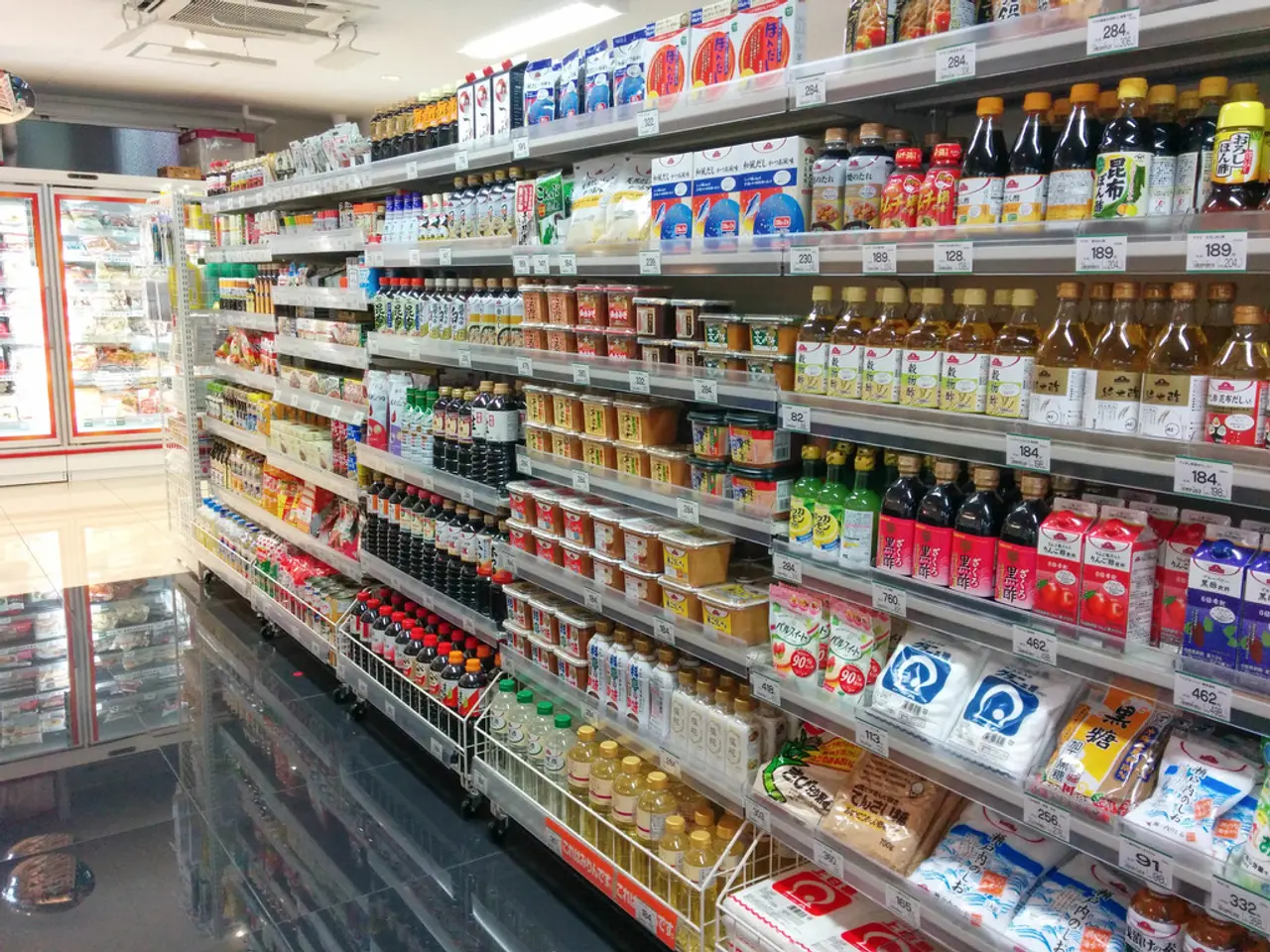International Expansion Anticipated in Q4 by 96%, Yet Only 31% Prepared for Peak Season Challenges in Global Ecommerce
As we approach Q4 2025, ecommerce leaders are gearing up for a season of growth and change. With the removal of a 25% surtax on U.S. goods in Canada, brands selling into Canada see new opportunities (1). Simultaneously, the end of the U.S. de minimis exemption in September 2025 means higher customs costs (2).
To mitigate these costs, brands are considering selling into countries with lower tariffs or where tariffs have been removed, such as Canada (3), and expanding their fulfillment operations into new countries (4). Some brands have not yet disclosed their plans for Q3 2025 expansion.
Optimising supply chains is another key focus. Ecommerce leaders are implementing strategies such as supplier diversification and warehouse automation to fortify their supply chains (5). Enhancing the customer experience is also crucial. Leaders are focusing on setting clear cut-off dates, testing pricing tolerance, scaling support, and offering real-time tracking to improve the overall customer experience (6).
Transparency and clear communication are essential in building trust with customers. Leaders are emphasising these values before, during, and after the ordering process (7). Some brands have even successfully recovered millions in duties on goods imported to the U.S. and later exported, boosting cash flow without raising prices (8).
Adapting to regulatory changes is another priority for brands. Quick adaptation and pairing compliance with customer-centric experiences are key to staying competitive (9). Peak planning has started early this year, with 86% of ecommerce leaders beginning planning in the first half of the year (10). However, 1 in 7 leaders admit they didn't start planning until Q3 or haven't started at all (11).
The increase in international orders is expected, with 96% of surveyed senior ecommerce leaders expecting volumes to grow in Q4 of 2025 (12). Brands that reinforce operations, align pricing strategies, and invest in customer trust today will be the ones most likely to turn the challenging Q4 2025 into a profitable one (13).
Differentiating through resilience is also important. Brands that can adapt quickly to regulatory changes and build resilience into their systems will be best positioned to thrive in the challenges of Q4 2025 (14).
Customs holds and audits are at an all-time high, adding to the complexity of cross-border ecommerce (15). Despite these challenges, ecommerce leaders are turning them into opportunities, ensuring a successful Q4 2025 for their businesses.
Read also:
- Minimal Essential Synthetic Intelligences Enterprise: Essential Minimum Agents
- Tesla is reportedly staying away from the solid-state battery trend, as suggested by indications from CATL and Panasonic.
- Tesla's 37th week update: Stock remains steady, potential successor for Musk, unveiling of new megapack, fuel reveal delayed until IAA event
- Lieutenant Governor Kounalakis joins SoCalGas in unveiling the novel H2 Hydrogen Innovation Experience, a one-of-a-kind demonstration.






